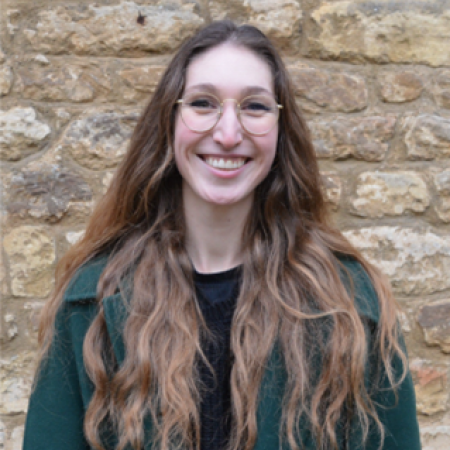Prize Scholar: Alice Luscher

The biggest open question in modern physics is arguably the formulation of a unified theory of quantum gravity. Beyond its theoretical importance, such a model is necessary to study extreme phenomena, such as the big bang and black holes. A promising framework to study quantum gravity is holography, a conjecture that states the equivalence between a gravitational theory and a dual quantum field theory in one less dimension. In particular, holography relates the properties of supergravity solutions, such as black holes, to quantum observables. However, a key issue is the difficulty of solving the equations of supergravity, such that only the properties of specific simple examples are known.
My research uses a new and powerful method, known as equivariant localization, to overcome this challenge. This technique allows us to compute physical observables without needing explicit solutions, only topological data. We study large classes of supergravity configurations recovering the few known examples, and extending them to obtain properties of solutions that are unlikely to ever be constructed explicitly. Consequently, my research leads to a fundamentally new understanding of supergravity systems, providing invaluable insights both for black holes and their holographic dual quantum theories